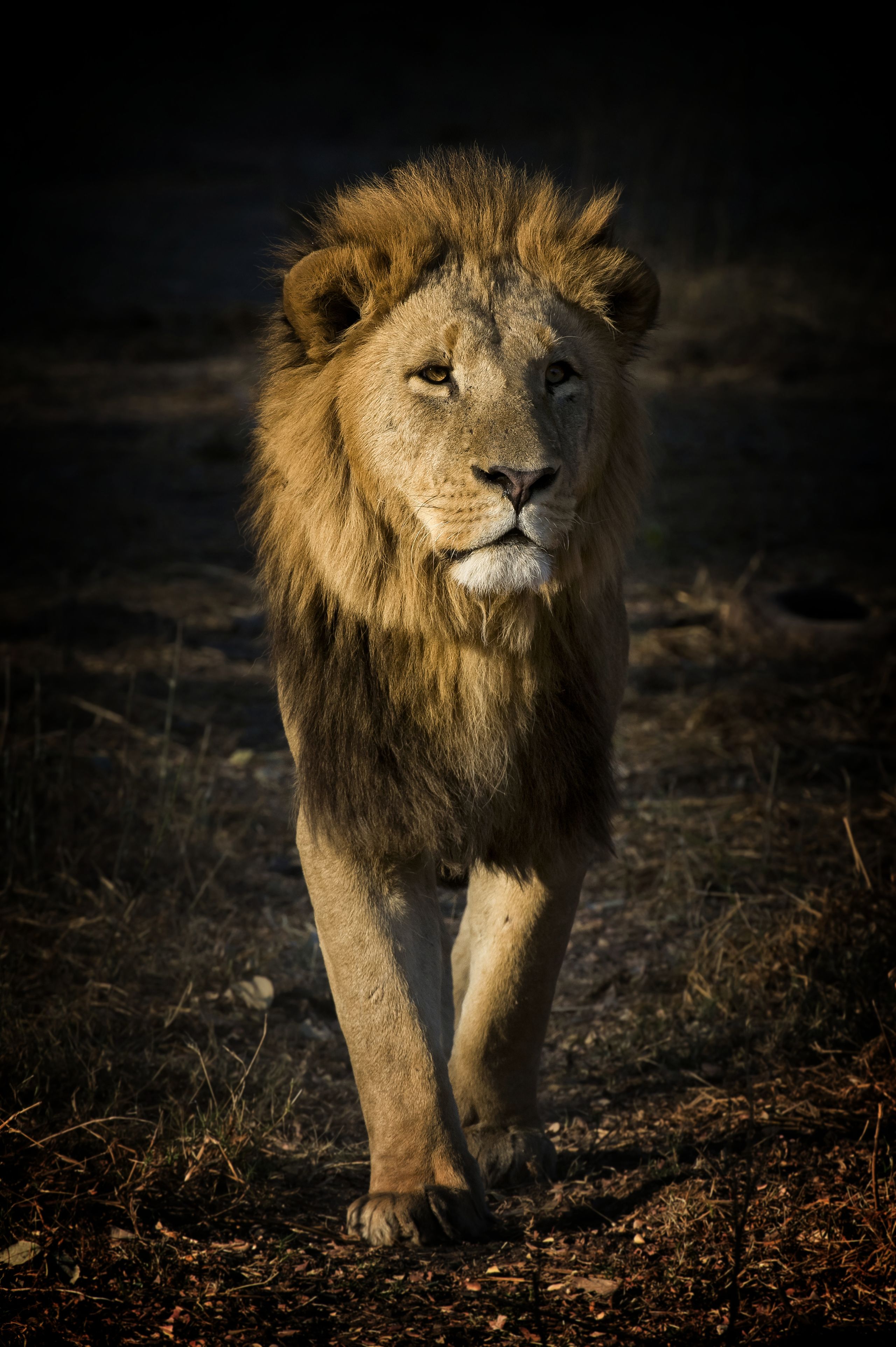Photography: Hotshot safari
Safari photographer Mike Myers shares his top five rules for getting the best photos of animals in the wild
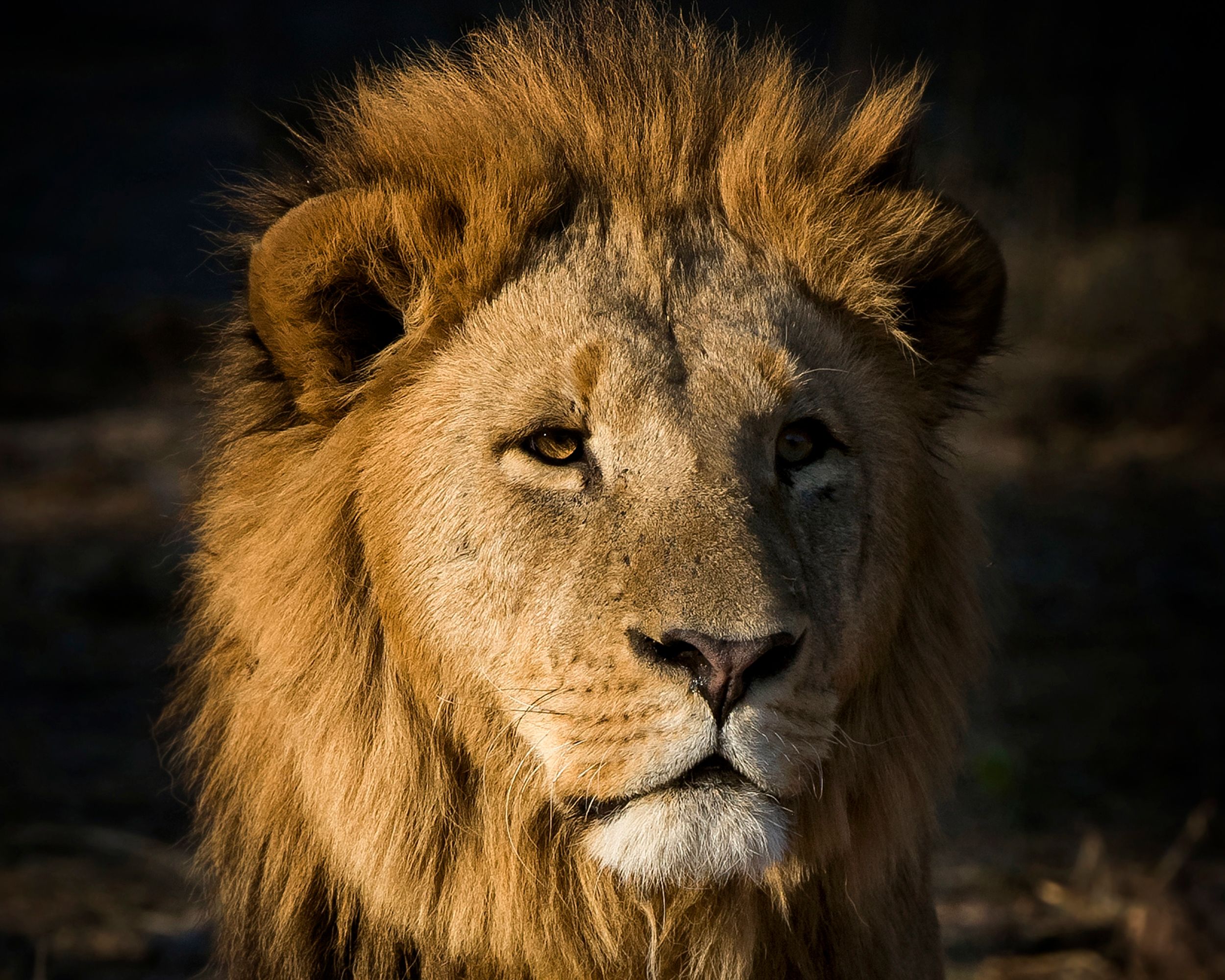
Mike Myers has spent many years of his life mastering an understanding of Africa’s wildlife.
It is his unique knowledge of animal behaviour and African wildlife that allows him to try and tell a story with every photo; bringing the viewer into to the animal world.
Photo / Mike Myers
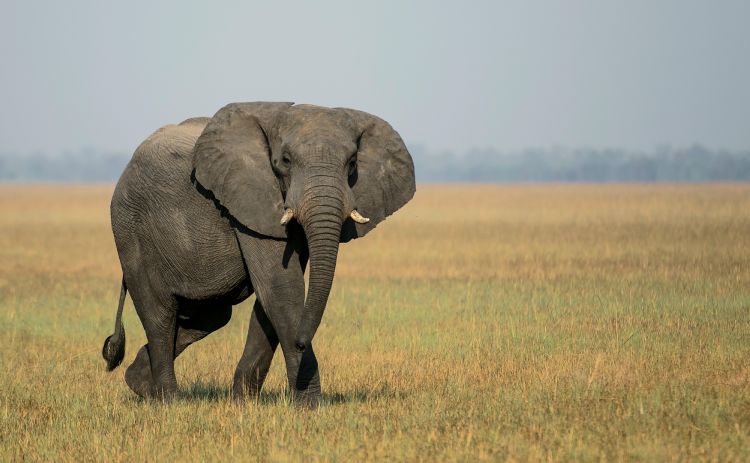
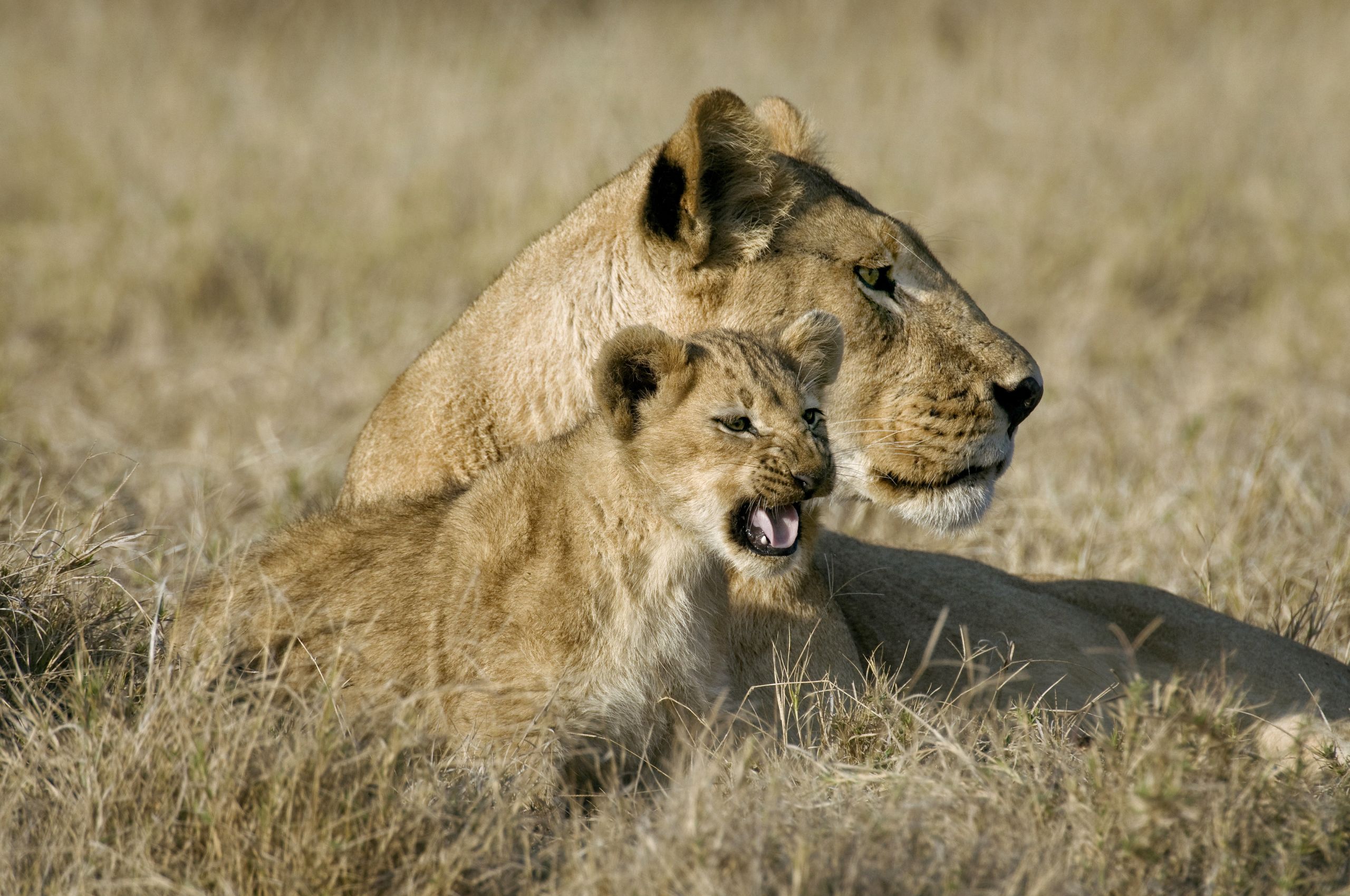
1. Come prepared
First thing is to arrive properly equipped with a camera you know how to use. I cannot stress enough how important it is to know how to use the camera when you arrive. You should be able to use the camera instinctively, at the moment of capture there are so many things to think about, settings and composition specifically, there is no time for error.
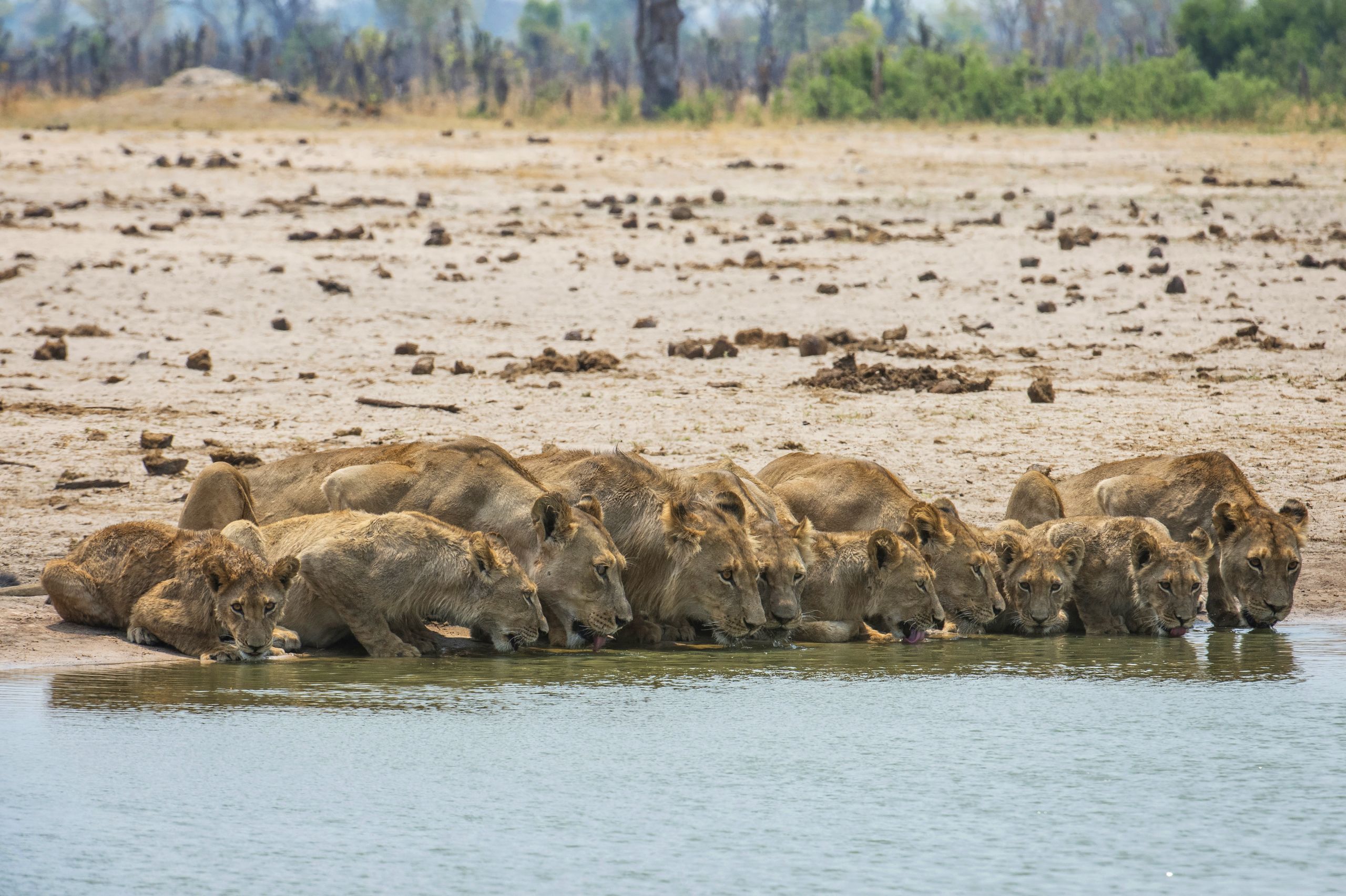
2. Less is more
I have great belief in the less is more philosophy. I have so often seen people arrive with a lot of camera equipment, then lose images because they are deciding what to use. It is a good thing not to have choices at that moment, you will take more pictures with a better chance of getting something great.
3. Listen to your guide
Listen to your safari guides and be ready. Wildlife photography is about timing and also a bit of luck. Guides see things with animals because they come to understand behaviour and can give their guests a heads up as to what might happen in a given situation.
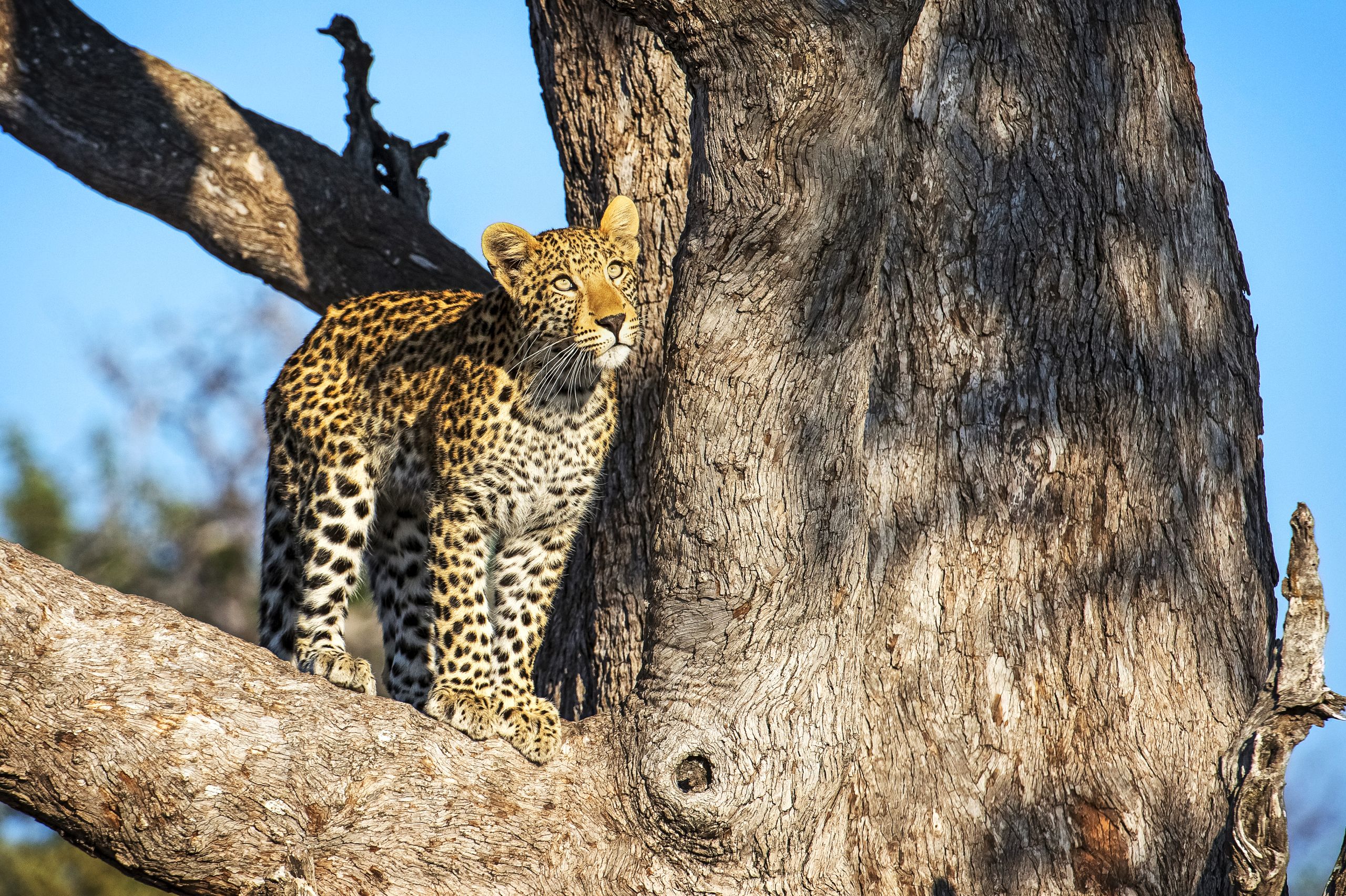
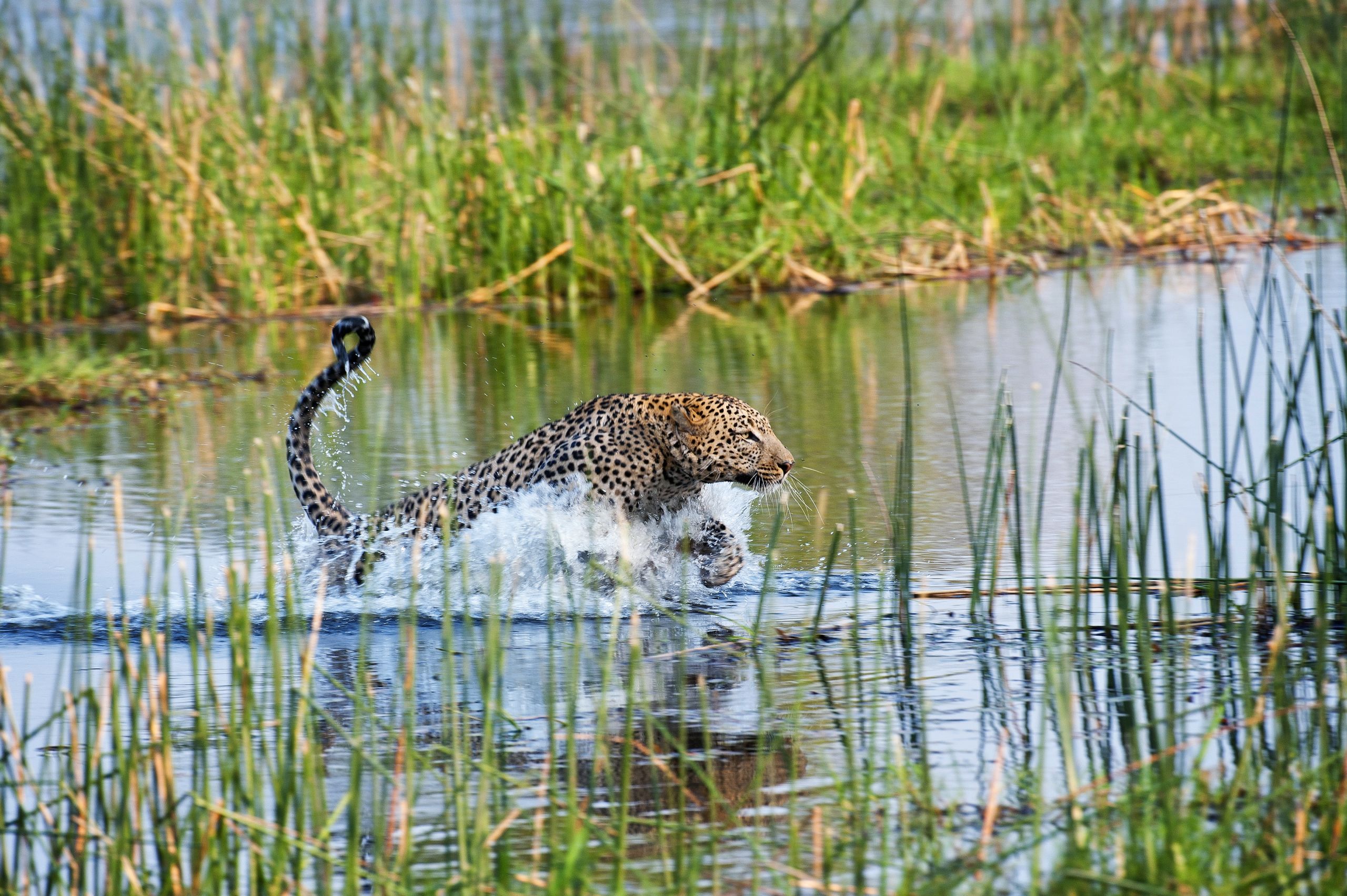
4. Exposed to new technology
The technology in modern digital cameras is amazing. People need to understand it and use it wisely. Modern digital cameras shoot continuously for long periods, ISO can be changed between images with brilliant autofocus and auto exposure. It is critical to understand this and use the available technology.
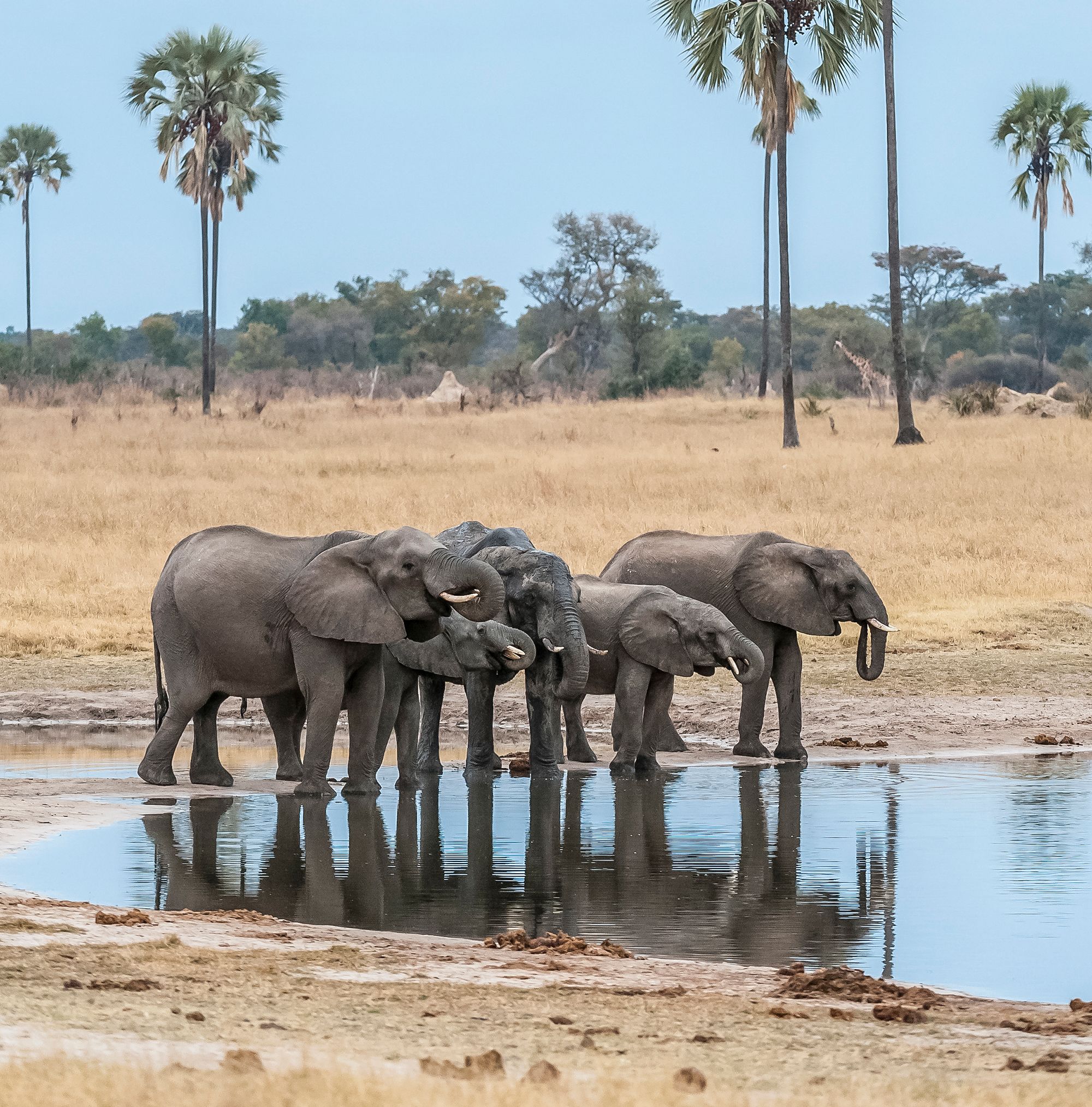
5. Keep composed
Have a good idea of basic composition: how to move focus points and plan what will be the key elements of each image. There are simple online courses that cover the basics. I hear many people say that their wildlife pictures are not what they hoped they would be and a lot of this relates to composition. Good pictures can become great with the application of just a little knowledge of composition.
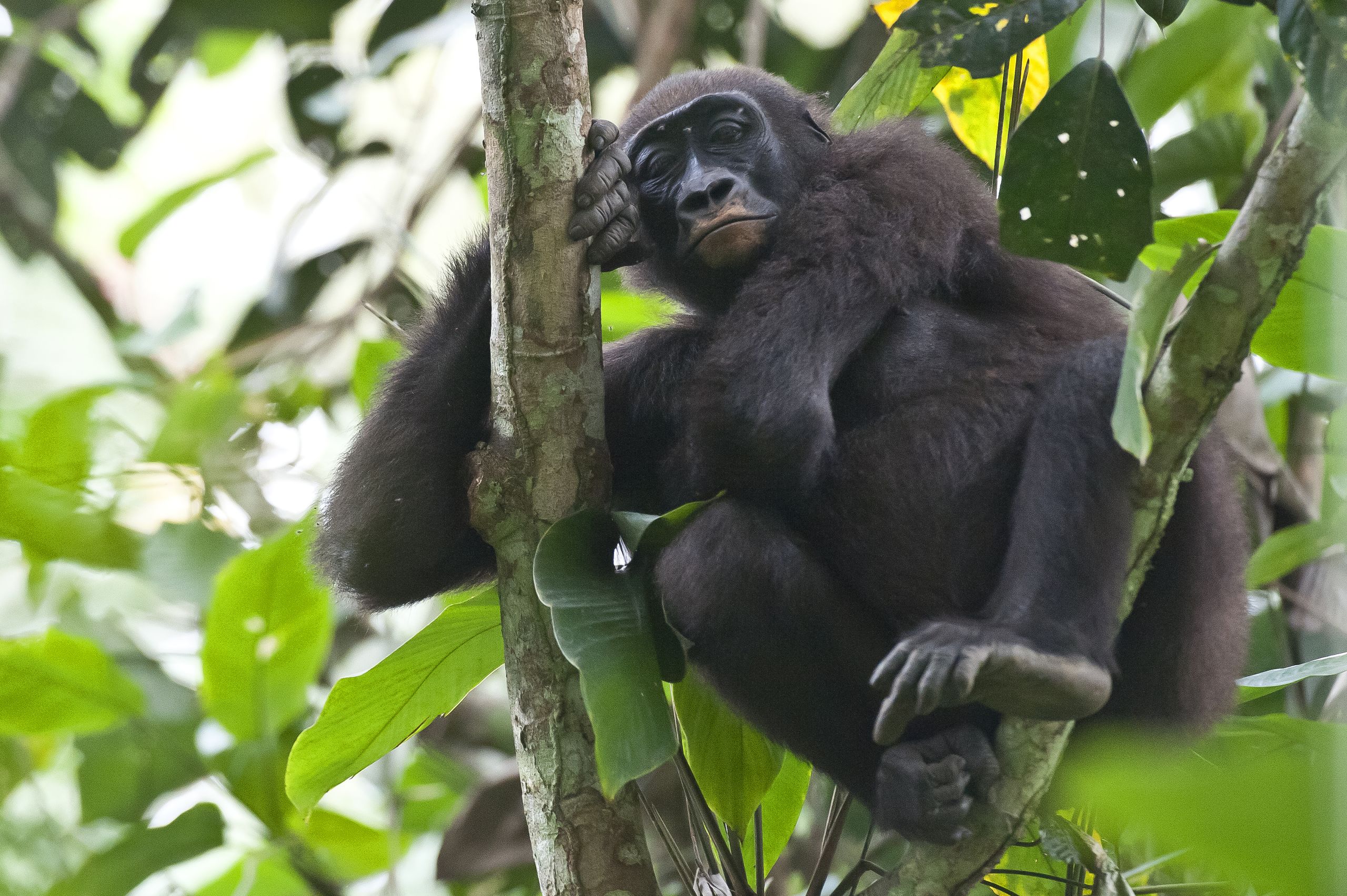

Mike Myers had his first taste of Africa at the age of 11 on the banks of the Zambezi River. He moved to South Africa, and developed a strong connection to Zimbabwe.
He qualified as a pilot in the mid-70s but instead of a career in the skies found himself working on the ground in Londolozi as a trails ranger.
It was also at Londolozi that his interest in photography bloomed.
Flying guests over the Okavango has given him acces to Africa’s most spectacular wild areas.
He gets out into the field with a camera as often as he can, and at nearly 60 believes his best work is still ahead of him.
Mikeplayed an integral part in the development of Trafalgar’s new Africa collection www.trafalgar.com
